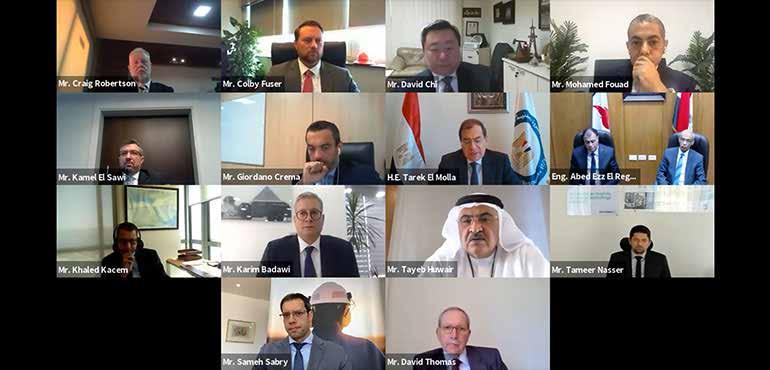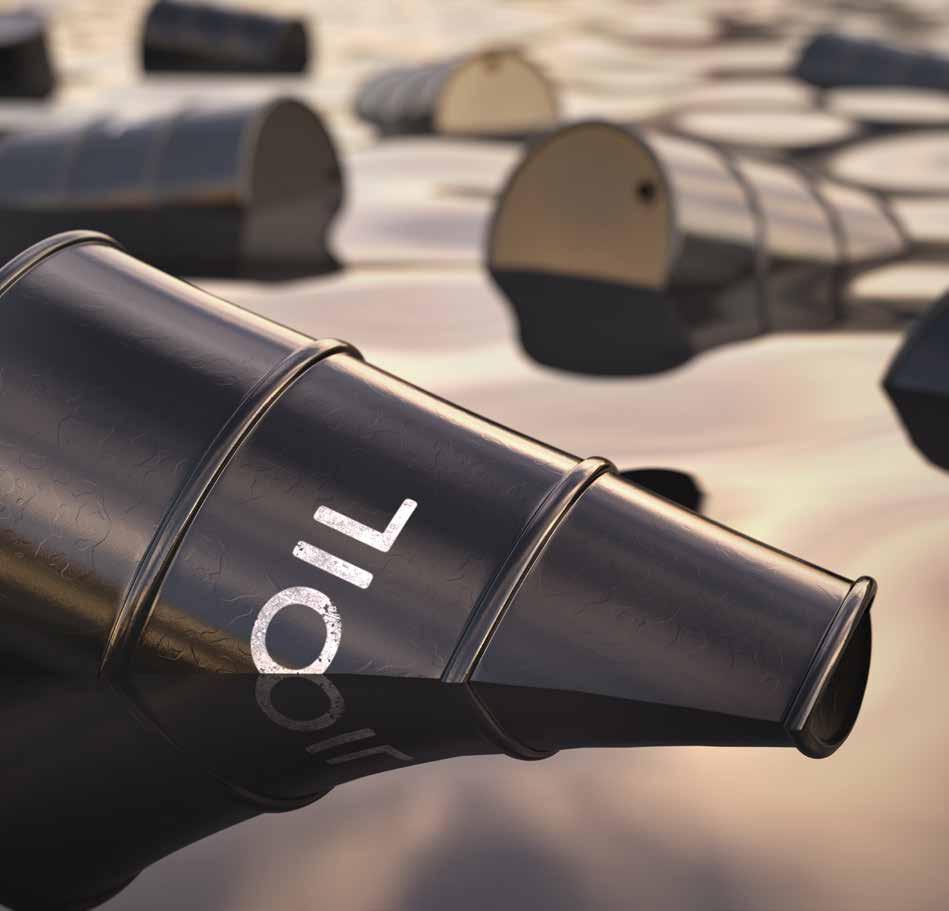I N DEGYPT U S T RYUPDATES INSIGHTS
WATER MANAGEMENT OPTIMIZATION: BREATHING NEW LIFE INTO BROWNFIELDS BY FATMA AHMED
I
n the oil and gas industry, it is hard to produce barrels of oil without water as it exists in both onshore and offshore wells naturally. Due to this, sometimes oil companies have been referred to as water companies within the oil and gas sector. The ratio of produced water to oil varies from one well to another. CNBC reported, in 2017, that for each barrel of oil an average of three to five barrels of water is produced as well.
According to a sheet published by the Water Environment Federation, the amount of water barrels may reach more than 20 barrels in some parts of the world. In a mature field, produced water may reach nine barrels for every barrel of oil. Excessive Water Influence Excessive water control in wells is a very important issue that should be taken into consideration for new as well as mature oil fields. Excess water affects the performance of the wells’ production and it may shorten the wells’ lifetime. As a result, many fields could be turned into brownfields earlier, despite having the ability to produce more oil. 28
EGYPT OIL & GAS NEWSPAPER
Amer Hassan, a Senior Reservoir Engineer at IPR Energy Group, told Egypt Oil and Gas (EOG) “Water Production has side effects on the environmental footprint due to harsh oil contaminants and on overall project economics.” Additionally, it represents an economic challenge for the operators and reduces profitability due to the high costs of water disposal process. According to an article published by the Society of Petroleum Engineers (SPE), water disposal and treatment from oil fields costs more than $40 billion per year because the water produced is accompanied by hydrocarbons. Furthermore, water production leads to corrosions and degradation of the fields.





